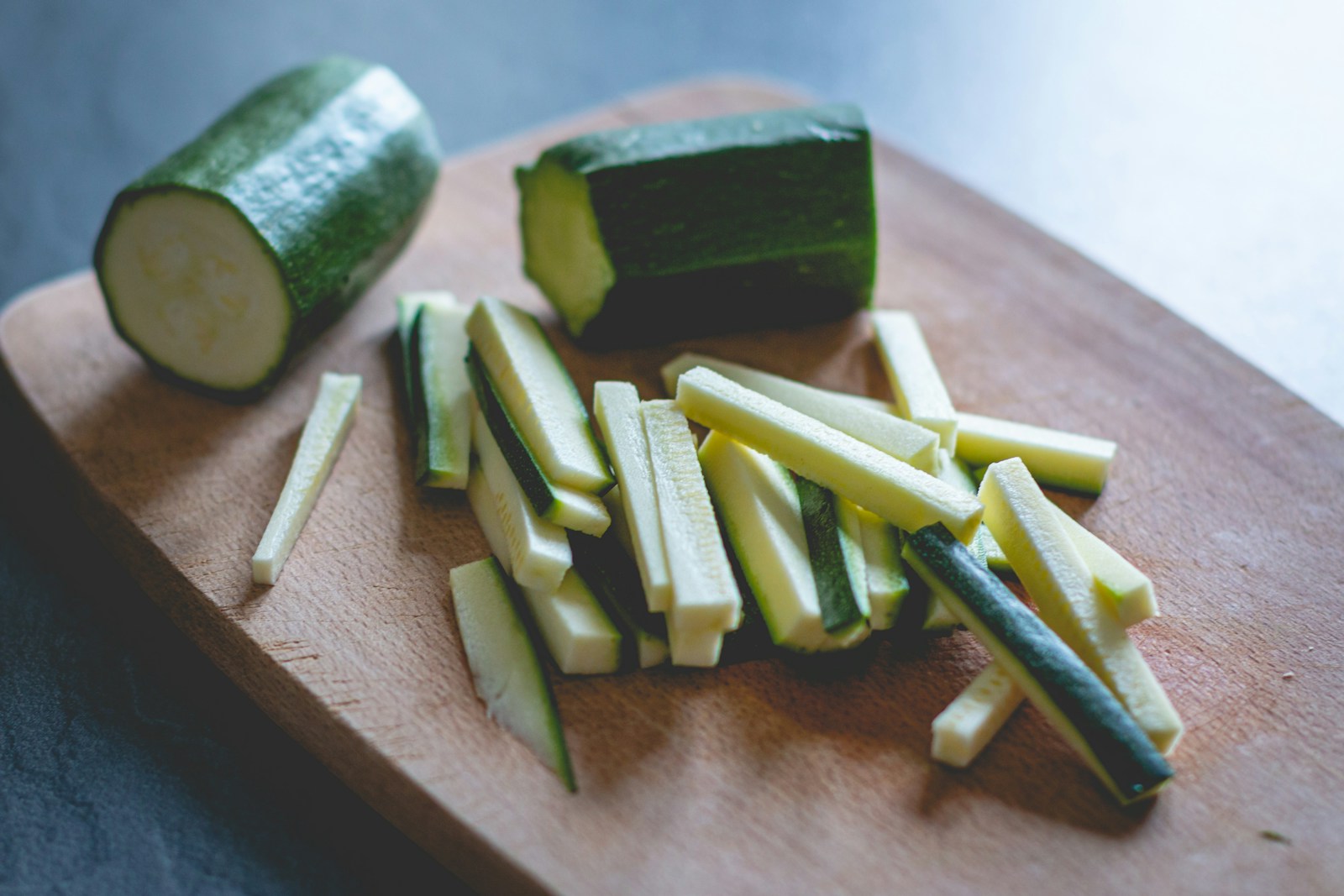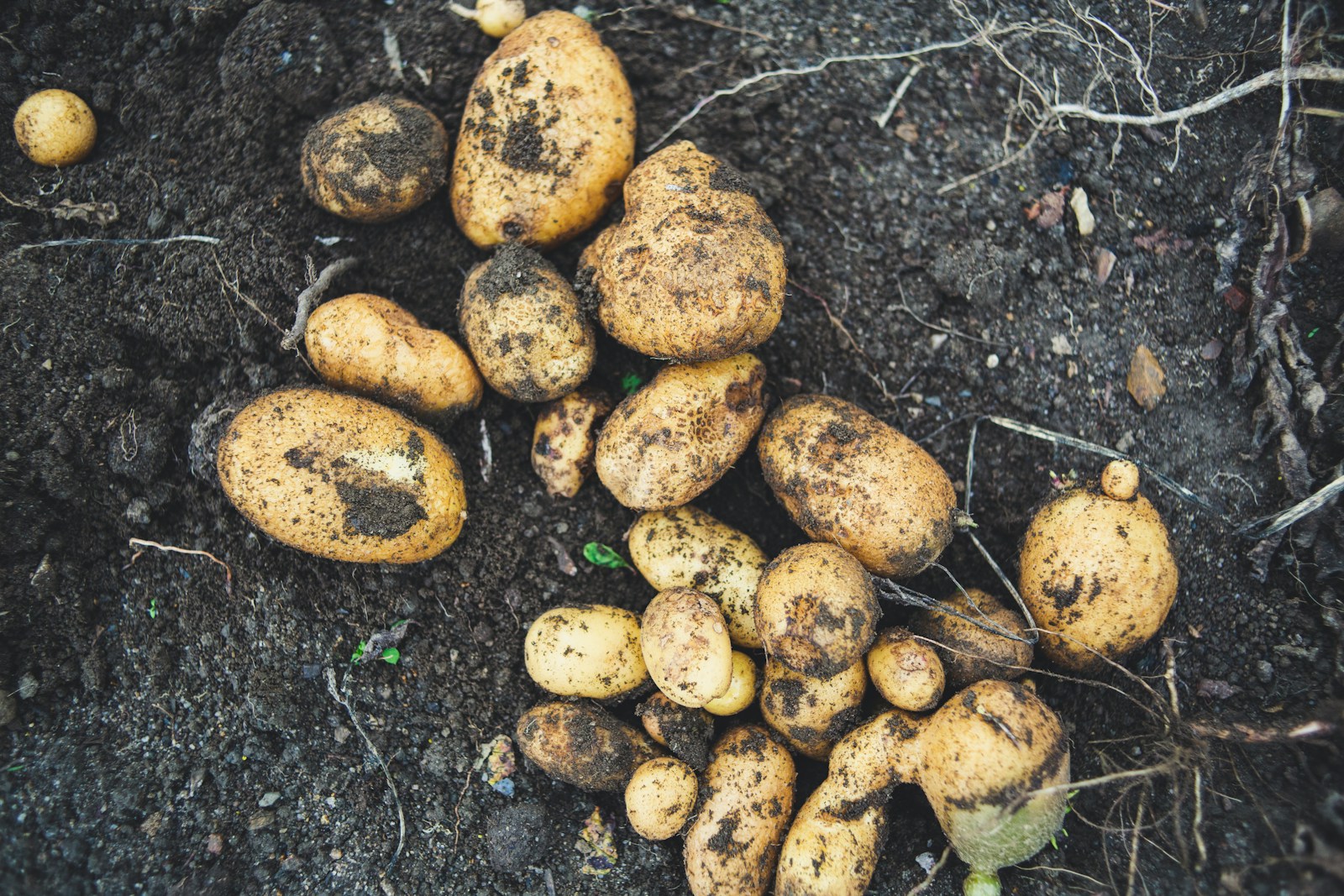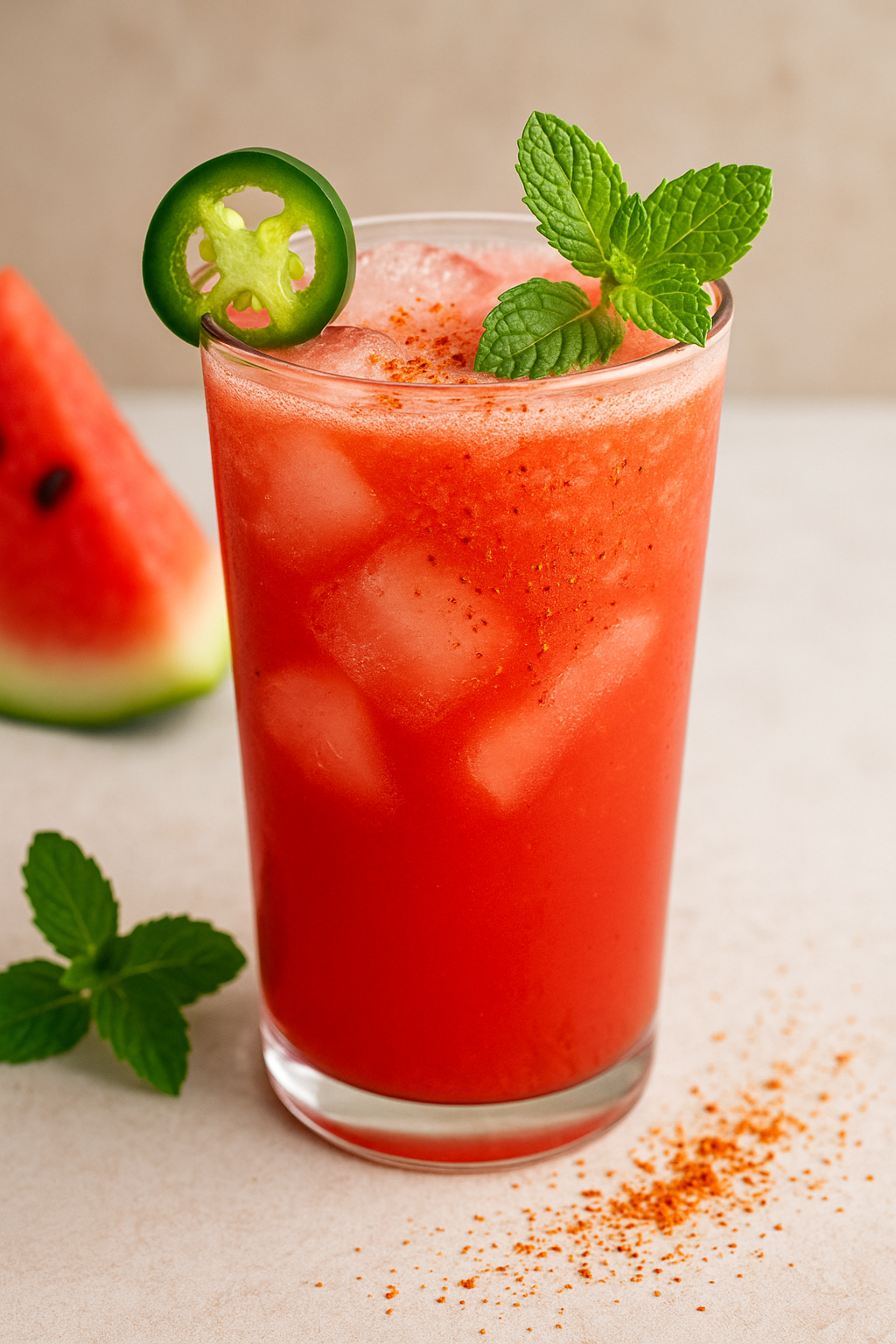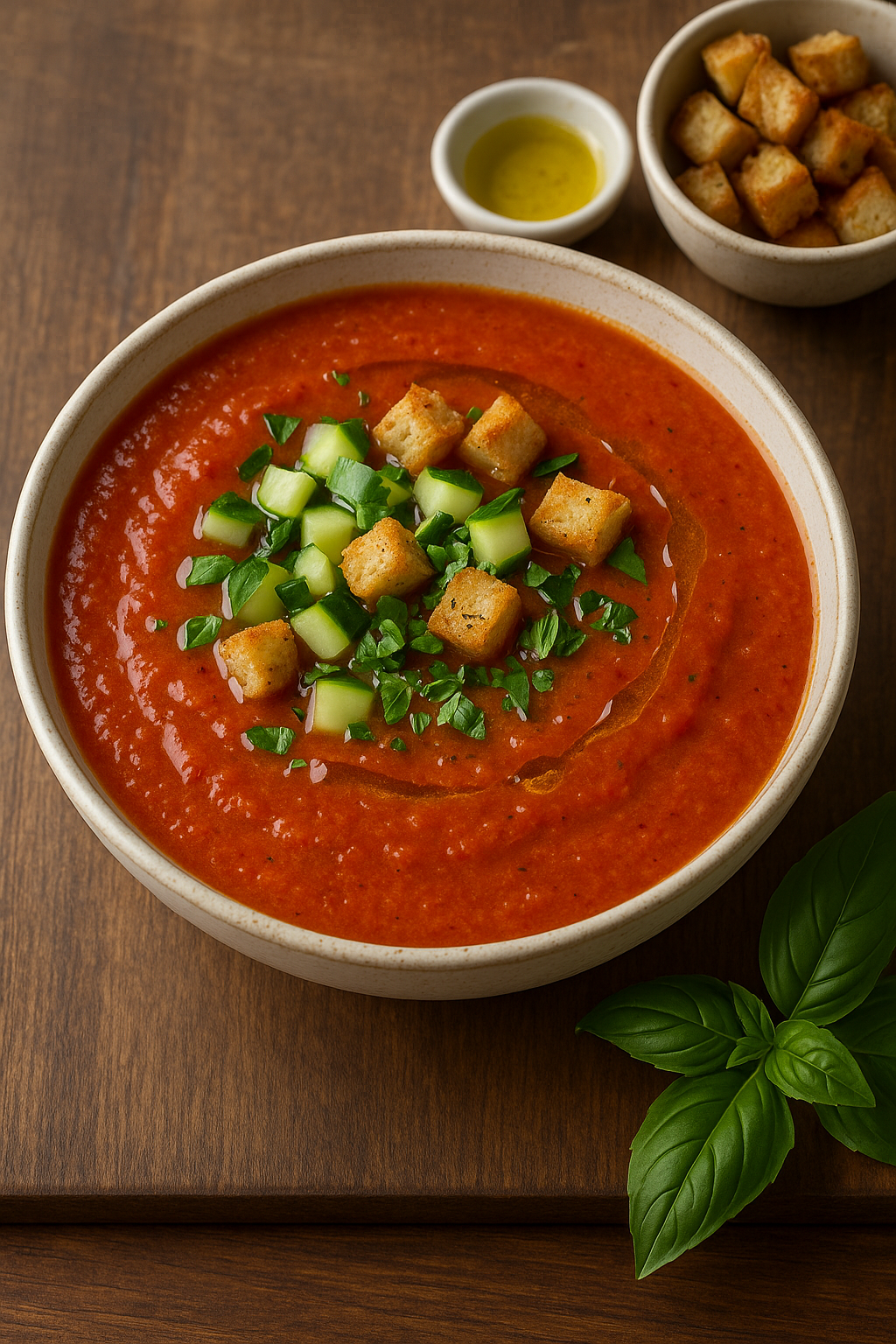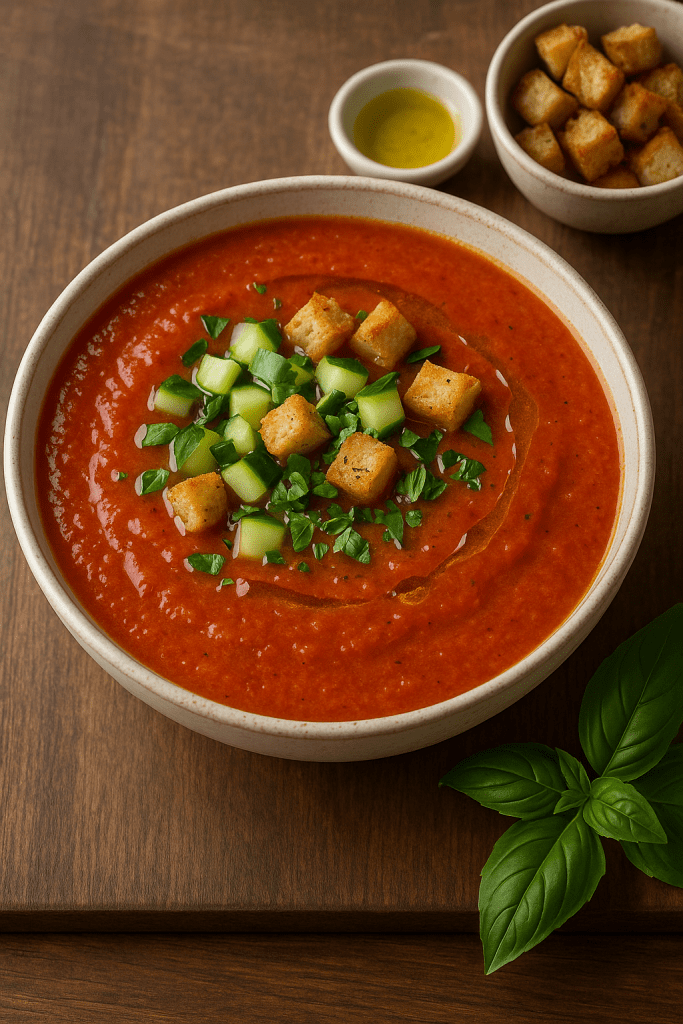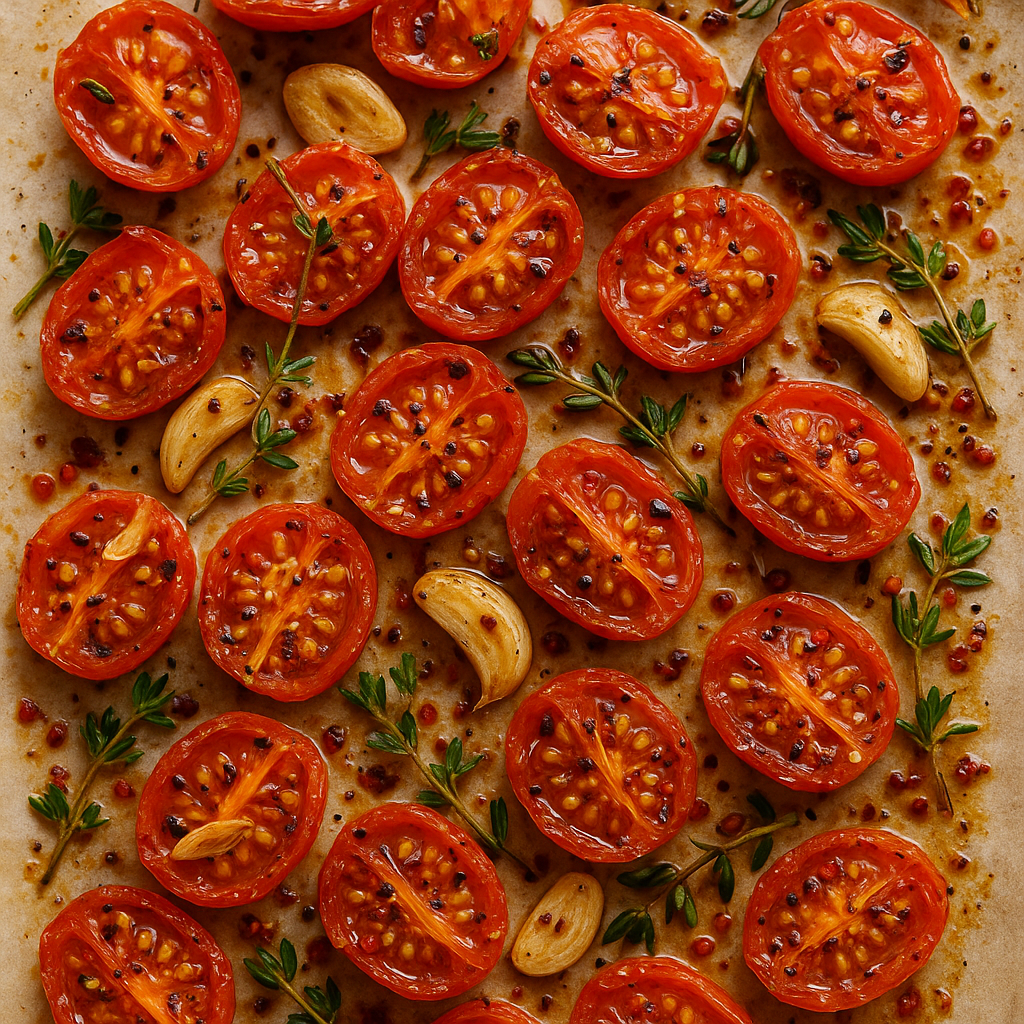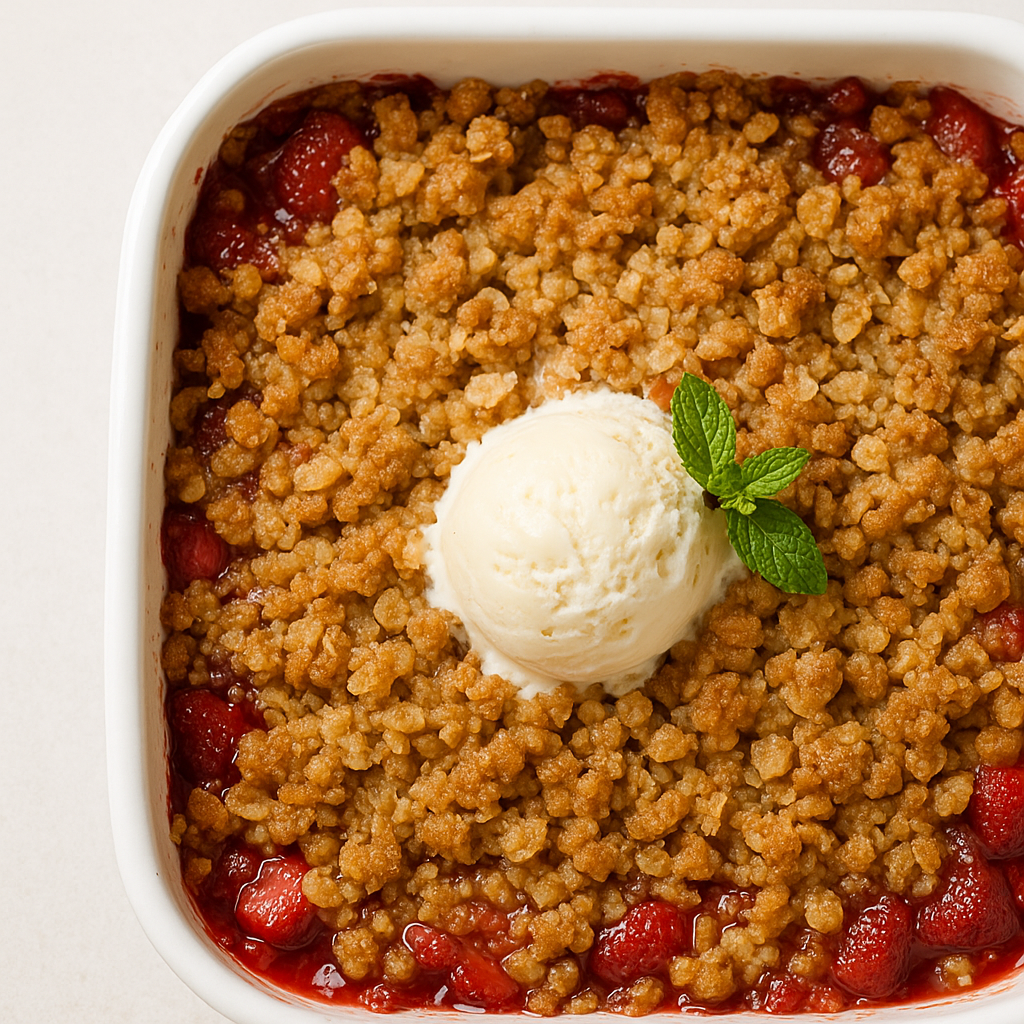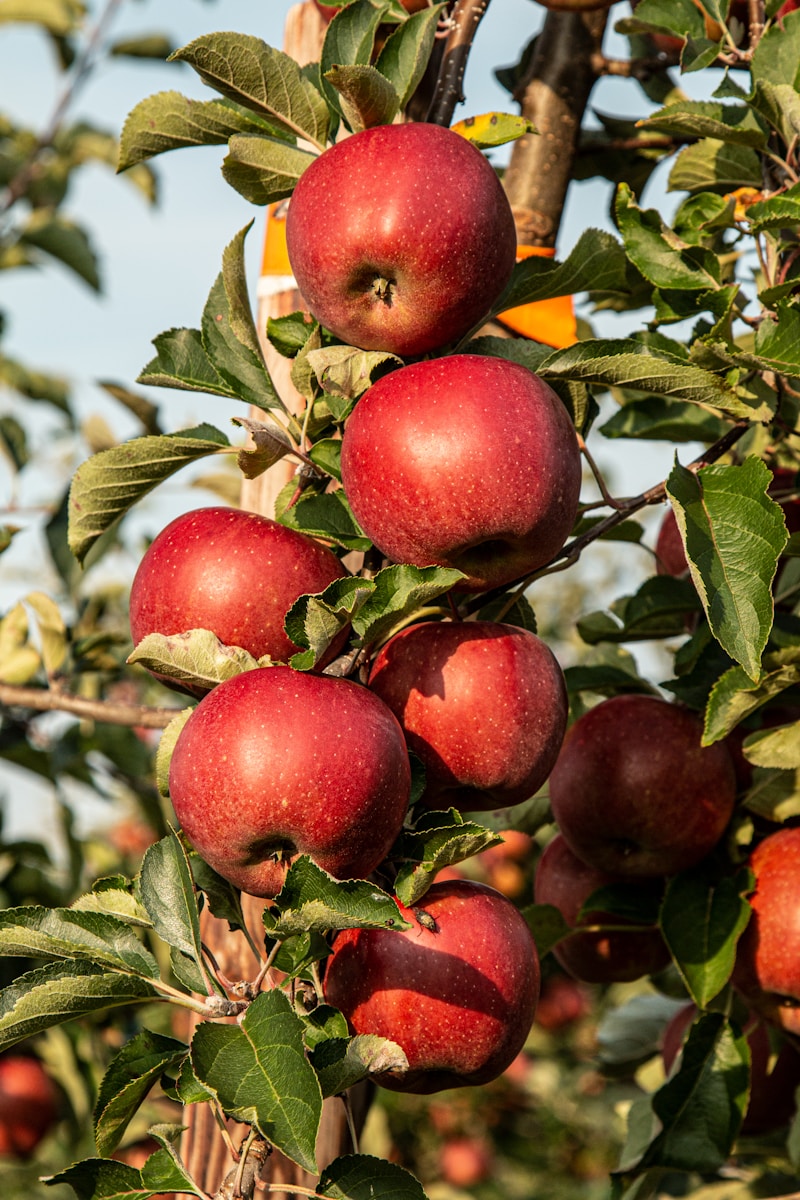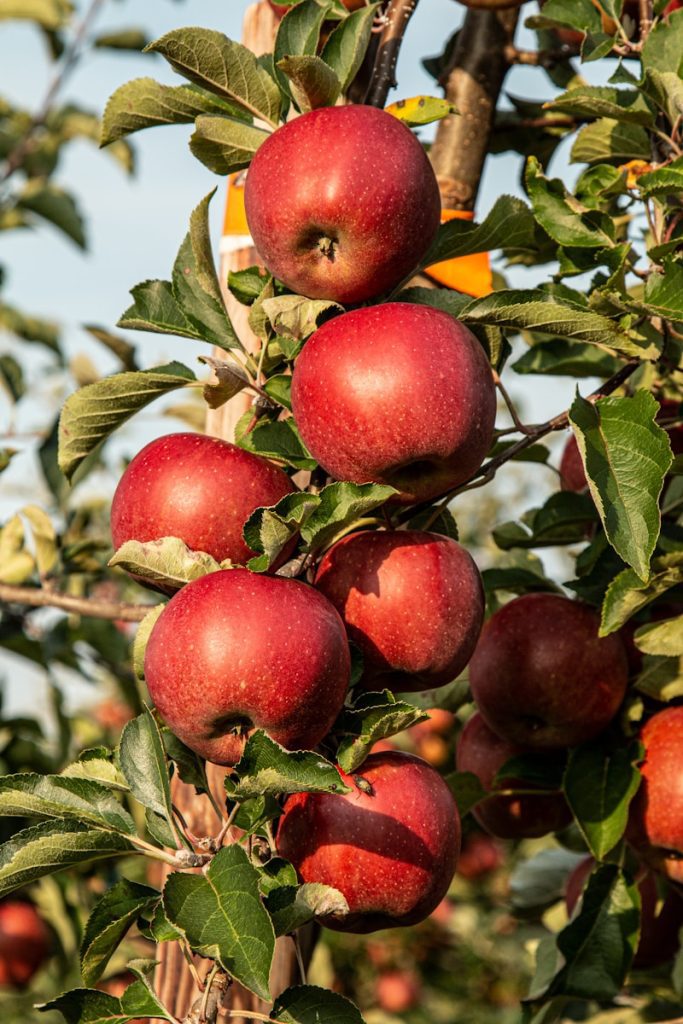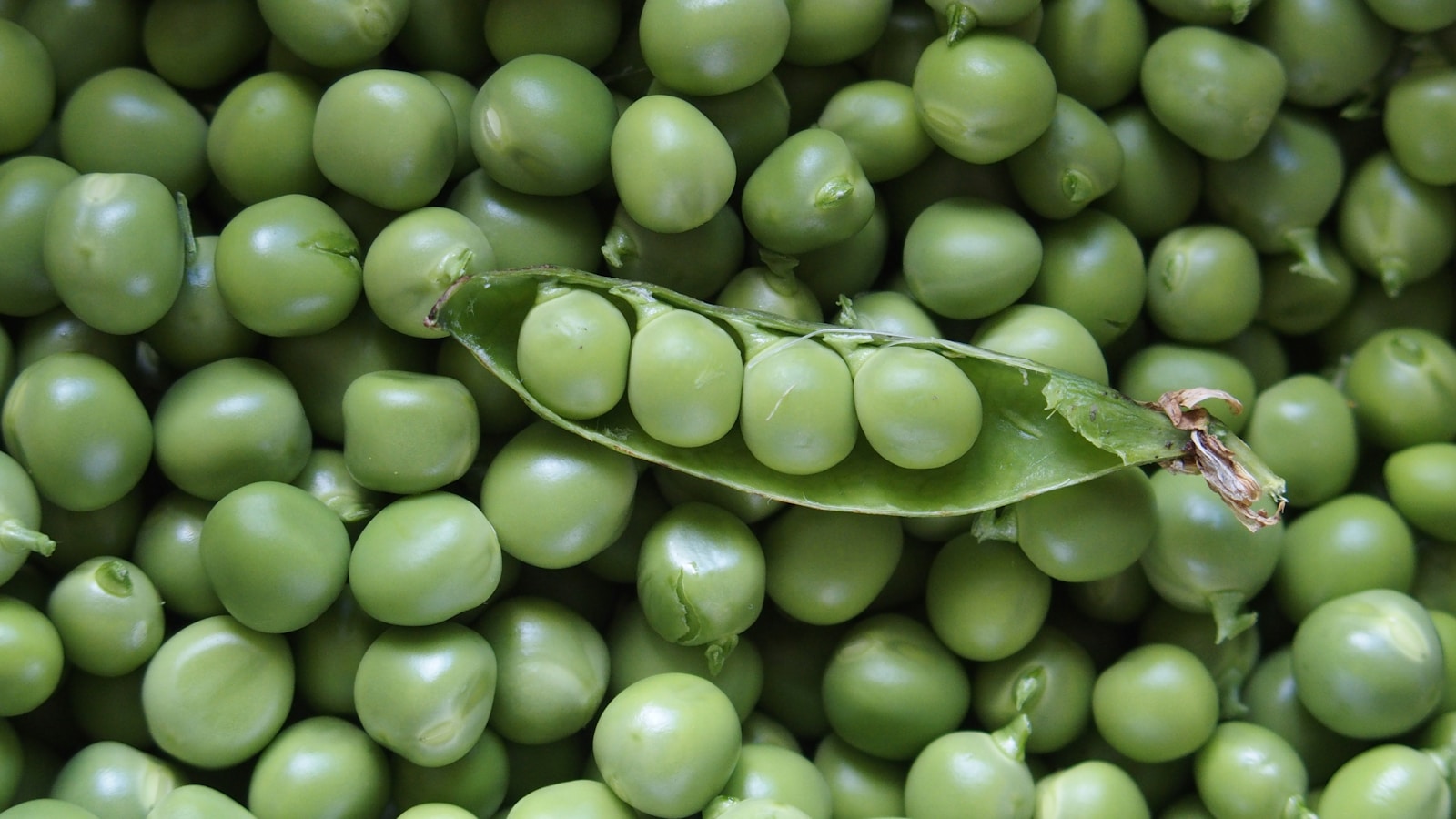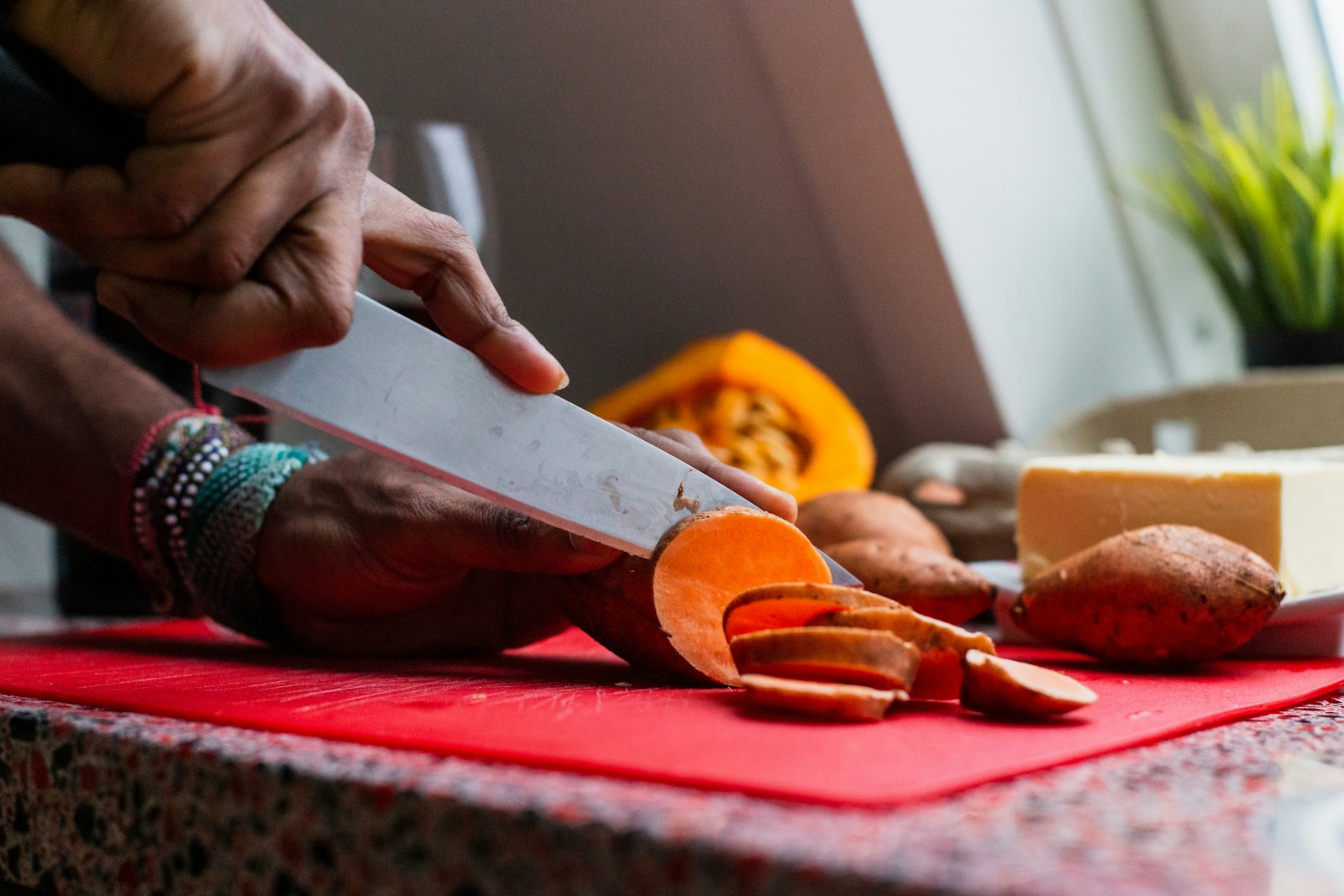When and How to Plant Sweet Potatoes in Alabama
Sweet potatoes, with their rich history and versatile uses, are a beloved crop among Alabama gardeners. This nutrient-packed vegetable not only graces our tables during holiday feasts but also marks its presence in everyday dishes. However, to enjoy a bountiful harvest, planting sweet potatoes at the right time and under the right conditions is crucial. This guide will walk you through the ins and outs of planting sweet potatoes in Alabama, ensuring you achieve a thriving and productive garden.
Sweet potatoes are more than just a tasty treat; they are a powerhouse of nutrition. Rich in vitamins A and C, they help boost the immune system and improve skin health. They are also a good source of dietary fiber, which aids in digestion and helps maintain a healthy weight. Including sweet potatoes in your diet can contribute to better eye health, thanks to their high beta-carotene content. Plus, they have a low glycemic index, making them a suitable carbohydrate choice for people managing diabetes.
This blog post is for the warm season type of potatoes. Check out this page for cool season potatoes.
Varieties Suitable for Alabama
Alabama’s warm climate and fertile soil make it an ideal place to grow sweet potatoes. Varieties like Beauregard, Jewel, and Covington thrive in these conditions. Beauregard, known for its high yield and disease resistance, is a favorite among local gardeners. Jewel offers a beautiful orange flesh and smooth texture, perfect for baking. Covington, another popular choice, provides a consistent shape and flavor, making it great for both home gardens and commercial production.
Best Time to Plant Sweet Potatoes in Alabama
Timing is everything when it comes to planting sweet potatoes. In Alabama, the best time to plant is after the last frost date, typically around late April to early May. The soil temperature should be consistently above 65°F for optimal growth. Different regions in Alabama have varying climates, so it’s essential to consider your specific area. In the southern part of the state, you might start planting a little earlier, while northern regions may require a slightly later start.
Using a soil thermometer can help ensure you’re planting at the right time. Sweet potatoes thrive in warm soil, and planting too early can result in poor growth or even failure to sprout. Aim for mid to late spring when the threat of frost has passed, and the soil has had time to warm up adequately.
Soil Preparation Tips
A well-prepared garden bed is key to successful sweet potato growth. Sweet potatoes prefer sandy, well-drained soil with a pH between 5.8 and 6.2. Start by tilling the soil to a depth of about 12 inches, incorporating organic matter such as compost or aged manure. This improves soil structure and fertility, providing a rich environment for your plants.
Sweet potatoes are prone to rot if left in waterlogged soil. To prevent this, consider creating raised beds or mounds, which enhance drainage. If your garden soil is heavy clay, amending it with sand or perlite can also improve drainage and aeration.
Before planting, test your soil to determine its nutrient content. Based on the results, you might need to add lime to raise the pH or sulfur to lower it. Incorporating balanced, all-purpose fertilizer can help provide the essential nutrients your sweet potatoes need for robust growth.
Planting Techniques
Planting sweet potatoes involves a few critical steps to ensure they establish well. Start by cutting slips from a mature sweet potato. These slips are essentially sprouts that grow from the tuber. Place the slips in water until they develop roots, then they’re ready to plant. Slips can also be purchased at local garden centers.
Plant the slips 12-18 inches apart, in rows spaced about 3 feet apart. This spacing allows each plant enough room to spread and grow. Insert each slip into the soil, burying it up to the top leaves. Press the soil firmly around the base to ensure good contact with the roots.
Traditional vs. Raised Bed Gardens
Whether you’re planting in traditional garden rows or raised beds, the principles are the same. Raised beds can be particularly beneficial as they warm up faster in spring, providing an earlier start for your sweet potatoes. They also offer better drainage and easier access for maintenance and harvesting.
Caring for Sweet Potatoes
Consistent watering is vital for sweet potato growth. Water your plants deeply once a week, ensuring the soil remains moist but not waterlogged. Sweet potatoes are drought-tolerant once established, but consistent moisture during the initial growth phase is crucial.
Sweet potatoes benefit from regular feeding to support their vigorous growth. Use a balanced fertilizer every 4-6 weeks, being careful not to over-fertilize, which can lead to excessive foliage growth at the expense of tuber development. Organic options like compost tea or fish emulsion can also provide essential nutrients throughout the growing season.
Alabama’s warm climate can attract various pests and diseases that may affect sweet potatoes. Keep an eye out for common pests like the sweet potato weevil and wireworms. Regularly inspect your plants and use organic insecticides if necessary. Crop rotation and proper garden hygiene can help minimize disease risks.
Harvesting and Storage
Sweet potatoes are typically ready to harvest about 90-120 days after planting, when the foliage begins to yellow and die back. Carefully dig around the plants to avoid damaging the tubers. Use a garden fork to lift the sweet potatoes from the soil gently.
Curing is an essential step to enhance the flavor and extend the storage life of sweet potatoes. After harvesting, place the tubers in a warm, humid environment (around 85°F with high humidity) for about 10 days. This process helps heal any cuts or bruises and converts starches to sugars, improving taste.
Once cured, store sweet potatoes in a cool, dry, and dark place, ideally between 55-60°F. Avoid refrigerating them, as cold temperatures can negatively affect their flavor and texture. Properly stored, sweet potatoes can last for several months, providing you with a nutritious and delicious supply throughout the winter.
Planting sweet potatoes in Alabama can be a rewarding experience, yielding a bountiful harvest of nutritious and delicious tubers. By understanding the ideal planting time, preparing your garden correctly, and following proper care and harvesting techniques, you can enjoy fresh sweet potatoes from your garden year-round. If you’re ready to take your gardening skills to the next level, why not start planning your sweet potato patch today? Happy planting!

